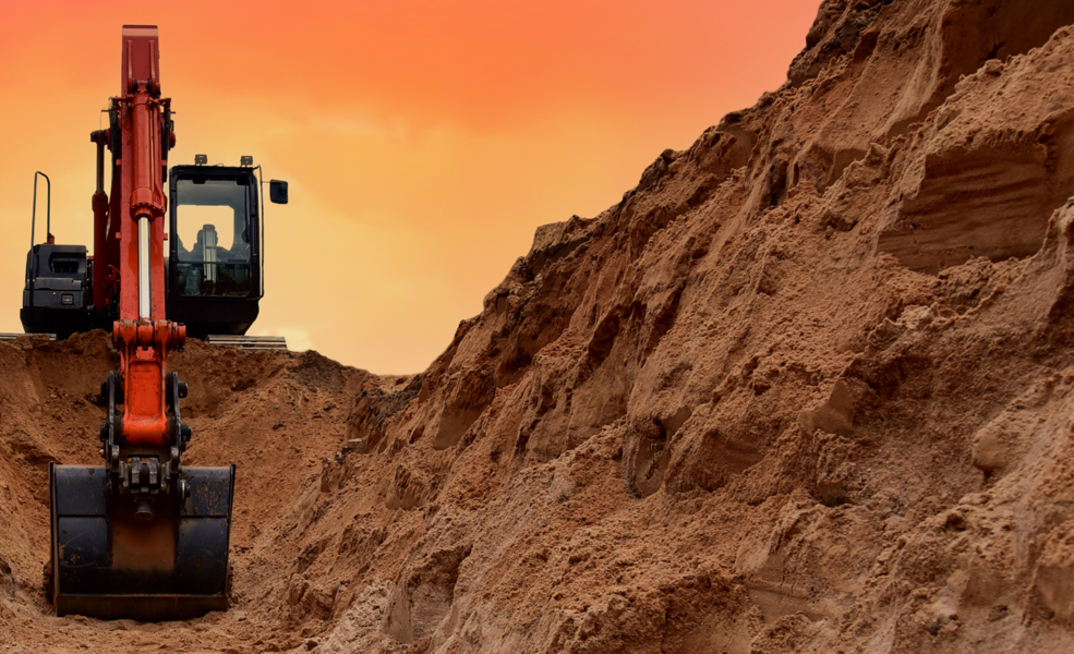For example, lithium production will need to increase around 700%, nickel production around 100% and copper production around 50% in 2020-30 compared to 2010-2020 in a 1.5°C-degree pathway, according to a McKinsey study.
At least 384 new graphite, lithium, nickel and cobalt mines will need to be built to meet demand by 2035, based on average mine sizes for each commodity, according to Benchmark Mineral Intelligence.
A handful of countries currently dominate production of critical minerals. For example, Australia and Chile account for 77% percent of all lithium mine production and Indonesia accounts for 48% of all nickel production. While these countries have substantial reserves of critical minerals, they will not come close to fulfilling the needs of the green energy transition on their own. Therefore, new mining jurisdictions will be needed to help meet demand.
Saudi Arabia is a leading candidate to help fill the critical minerals supply-demand gap, given its launch of Vision 2030, which aims to achieve economic diversification through the expansion of sectors other than oil and gas - including mining and metals.
The Kingdom is attracting US$32 billion worth of investments across the mining, mineral processing and manufacturing value chain, including an electric vehicle battery complex[1]. It is planning to feed these downstream facilities with raw materials from mine operations at home and abroad.
At home, Saudi Arabia has passed a new mining law to enable foreign and domestic investors easier access to exploration licences. In 2022, the Ministry of Industry and Mineral Resources has issued more than 200 exploration licences, double the number in 2021[2]. The Kingdom attracted more than US$8 billion in total foreign investment through mining in 2021[3].
In December 2021, the Saudi Arabian Ministry of Industry and Mineral Resources launched the National Geological Database[4]. The database provides geological, geochemical and geophysical data spanning an area of more than 600,000km2 and including most of the Arabian Shield, a highly prospective but underexplored geological region that includes active base metals operations and is potential to hold other critical and strategic mineral deposits.
Additionally, state-owned miner Ma'aden has formed a separate 50/50 joint venture with Ivanhoe Electric to explore for copper, gold, silver and battery metals in Saudi Arabia[5]. Under the agreement, Ma'aden will make available approximately 48,500km2 of land for exploration by the joint venture. Ivanhoe Electric will contribute approximately US$66 million to the joint venture, of which up to $13 million will be used to fund the purchase of three Ivanhoe Typhoon machines for the JV to use for in-depth geophysical surveys.
Moreover, Saudi Aramco has signed a joint development agreement with Houston-based SLB, formerly Schlumberger, and Linde to establish a carbon capture and storage hub in Jubail, which will potentially store up to 9 million tonnes of CO2 a year by 2027.
Saudi Arabia has identified a broader geographical region encompassing Africa, West and Central Asia for its potential to offer further critical minerals resources. For that reason, its Public Investment Fund (PIF, the sovereign wealth fund of Saudi Arabia) and Ma'aden (the state-owned Saudi mining company), agreed in January 2023, during the Future Minerals Forum in Riyadh, to form a joint venture to invest in mining assets around the world[6]. The new venture will invest initially in iron ore, copper, nickel and lithium projects as a non-operating partner taking minority positions.
It will retain the flexibility to expand into projects involving critical minerals such as cobalt, graphite and nickel in the longer-term, as plans to build a battery chemicals and electric vehicle hub within Saudi Arabia come to fruition.
ABOUT THIS COMPANY
Saudi Ministry of Industry and Mineral Resources
HEAD OFFICE:
- Omar Ibn Al Khattab Rd, Al Sina'iyah, Riyadh 12845, Saudi Arabia
- Website: www.mim.gov.sa/mim/index-ltr.html
- Email: info@mim.gov.sa




























